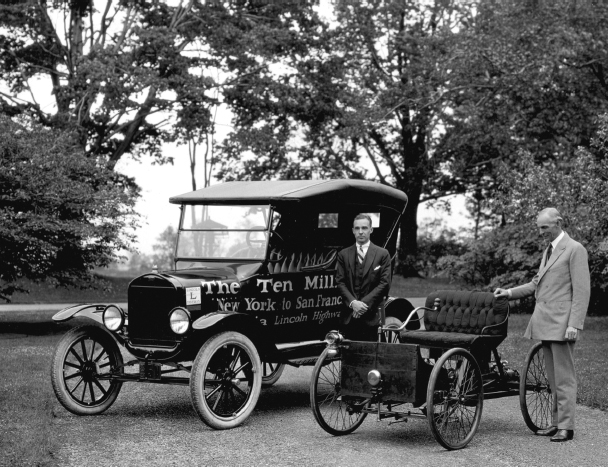How did big business shape the “New Era” of the 1920s?
Printed Page 678

CHRONOLOGY
1920
- – Warren G. Harding is elected president.
1922
- – Teapot Dome scandal.
- – Five-Power Naval Treaty.
1923
- – Harding dies; Vice President Calvin Coolidge becomes president.
1924
- – Dawes Plan.
- – Coolidge is elected president.
1928
- – Kellogg-Briand pact.
1929
- – Publication of Middletown.
ONCE WOODROW WILSON LEFT the White House, energy flowed away from government activism and civic reform and toward private economic endeavor. The rise of a freewheeling economy and a heightened sense of individualism caused Secretary of Commerce Herbert Hoover to declare that America had entered a “New Era,” one of many labels used to describe the complex 1920s. Some terms focus on the decade’s high-spirited energy and cultural change: Roaring Twenties, Jazz Age, Flaming Youth. Others echo the rising importance of money — Dollar Decade, Golden Twenties — or reflect the sinister side of gangster profiteering — Lawless Decade. Still others emphasize the lonely confusion of the Lost Generation and the stress and anxiety of the Aspirin Age.
America in the twenties was many things, but President Calvin Coolidge got at an essential truth when he declared: “The business of America is business.” Politicians and diplomats proclaimed business the heart of American civilization as they promoted its products at home and abroad. Average men and women bought into the idea that business and its wonderful goods were what made America great, as they snatched up the flood of new consumer items American factories sent forth. Nothing caught Americans’ fancy more powerfully than the automobile.